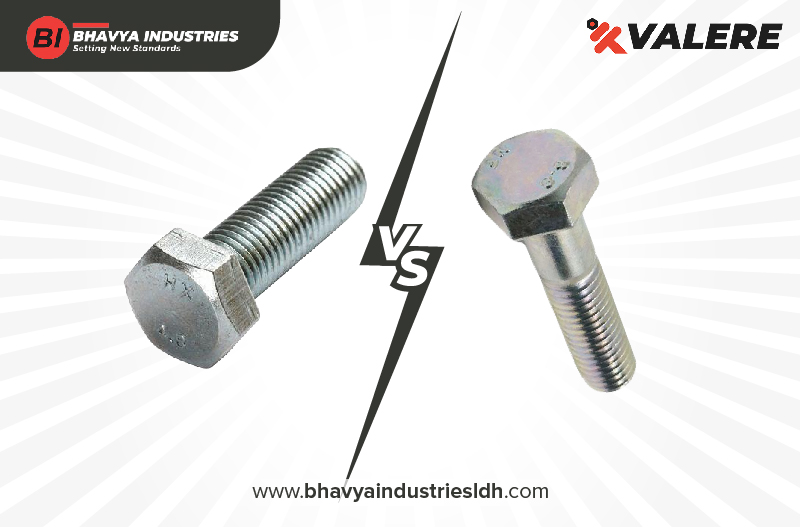There are many types of bolts. One common type is the hex bolt. These are really do-anything and go-anywhere bolts that can be used for a huge variety of building and home projects.
It is an important tool that is used in various applications to connect two distant objects together. It is commonly used with a nut to secure the joint on the object properly. Hex bolts are of different types and choosing one is really a task in itself.
You have to make a difficult decision whether to choose a full threaded or half threaded hex bolt. In order to make the right decision, it is extremely essential that we learn in detail about the two and also learn how they are different from each other.
FULL-THREADED HEX BOLTS
Full-threaded hex bolts are threaded from the end of the bolt right up to the head. They are ideal for use up to the head. They are ideal for use in heavy-duty fastening applications and are best suited to information in pre-headed holes.
Properly installed full-threaded hex bolts are designed to spread the great pressure across the full length of the bolt, providing a greater level of strength than partially threaded alternatives.
These are available in different grades, sizes, materials and other specifications. Due to their good strength and resistance, they are used in various applications and get properly secured with the help of a nut.
One disadvantage here is that these usually go in threaded holes. The thread can damage the flange of the part they secure. The fit in the hole is quite slack so there is poor alignment. If you’re most interested in grip strength and less interested in alignment and shear strength, a fully threaded bolt is going to be your best option.
Once mounted, a full-thread bolt spreads pressure along its entire length, with the largest holding pressure placed on the head where it meets the material it fastens to.
These are often used in the automobile industry to design vehicle frames, full thread solutions distribute the morning pressure of a car’s panels across the length of the entire bolt.
Where grip strength is more critical compared to alignment or shear strength, full threads are your go-to.
HALF-THREADED BOLTS
These are a type of hex bolts that have threads along half of its body with a six-sided head. These are available in different materials like stainless steel, metal, zinc, aluminium, etc. and most of them get dipped in hot galvanized metal.
They are used in different applications because of their half threaded feature. While fully threaded hex bolts give you a strong connecting solution, there are times when these bolts aren’t an ideal fit.
If your bolts are exposed to significant stress from two different types of material, then a bolt with a full thread might not be able to cope. The threads all along the shaft can create potential shearing weak spots.
If a bolt has to hold together two pieces of material which might move in opposing directions or vibrate with some force, then it might snap or break under the pressure.
If you use a partially threaded hex bolt, then shearing is much less of a problem. The unthreaded part of the bolt gives it extra strength against shearing movements. This part of the bolt has better resistance and strength.
Partially threaded bolts also give you a more precise alignment fit. If you choose the right grip length, then you can install fasteners with an exact and secure fit for your application. The threaded part of the bolt pulls the unthreaded part into its hole and holds it firmly in place.
WRAPPING UP
To sum up, choosing the right out of the two is surely a daunting task, but the choice can be made based on the requirements mentioned in this blog itself. Bhavya Industries Ludhiana provides you the best quality bolts and nuts.



